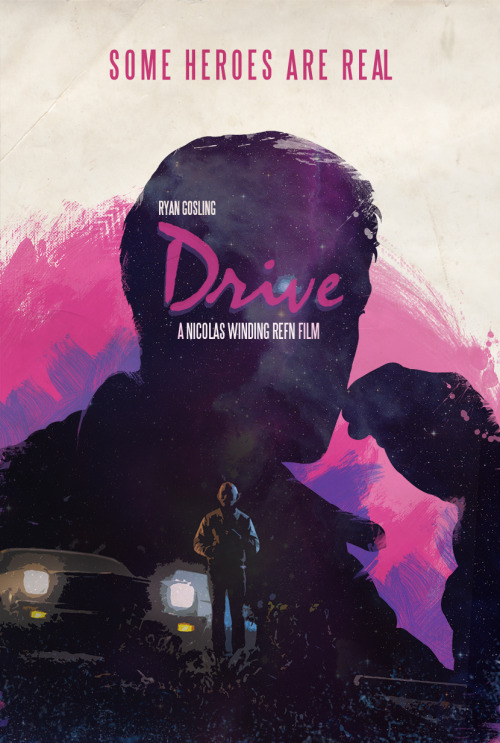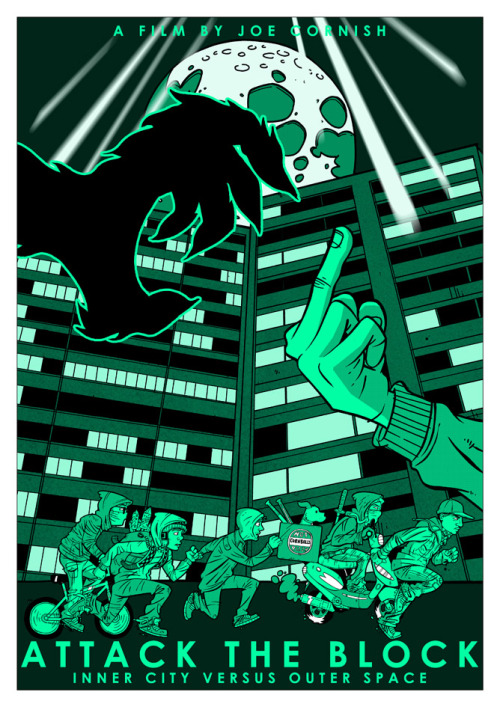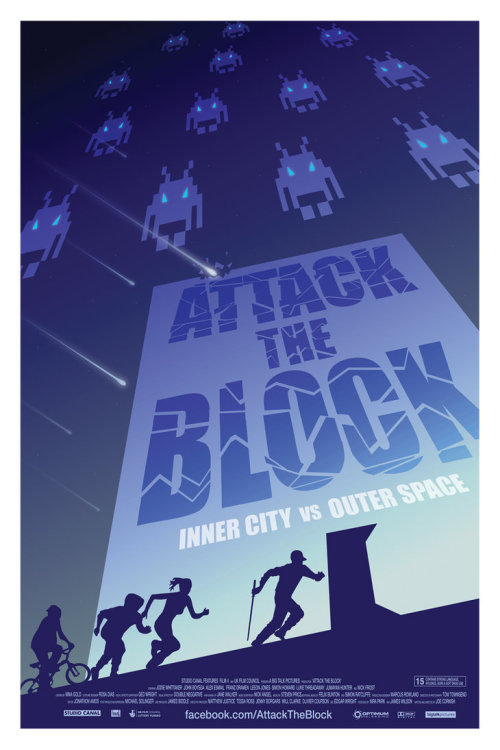'Hugo' (dir: Martin Scorsese, 2011) Cert: U
It seems absurd that the auteur behind such ruthless pictures like 'Taxi Driver' (1976) and 'Goodfellas' (1990) could make such a youthful and magical picture like 'Hugo'; Martin Scorsese's big-screen adaptation of Brian Selznick's award-winning novel 'The Invention of Hugo Cabret', which is famous for it's blending of storytelling through words and illustrations. Not only is this Scorsese's first attempt at a family feature, it's also his first 3D project; a format which many have come to doubt, but if there's anyone who can shake it all up, it's Marty.
Hugo (Asa Butterfield) is an orphan living in the walls of a Parisian train station in the 1930s. He spends his life secretly fixing the clocks and is fascinated by cogs, moving parts and machinery. He also is desperate to finish a project he and his late father (Jude Law) were working on together - fixing an automaton; a mechanical figure created by the gifted hands of a magician. When Hugo meets Papa Georges (Sir Ben Kingsley) and his god-daughter Isabelle (Chloe Grace Moretz), questions soon begin to arise about the history behind the automaton and soon an intrinsic link binds all involved together which unlocks fantastical secrets about the world of cinema.
Scorsese's latest is going to be a tough sell to it's desired family audience - a film about the beginnings of silent cinema with a two-hour running time is probably not something the youth of today are that interested in, plus it's released alongside 'Happy Feet Two' which will certainly gain larger audiences, but with this being said, those who do decide to pick this over dancing penguins are in for one of the year's biggest treats.
To describe 'Hugo' in a single word, one would use 'labyrinth' - this film is a maze of wonders, a puzzle filled with turning cogs that whistle and tick with excitement; this is an example of sheer imaginative joy that makes the heart and soul sing. Much like the majority of Scorsese's filmography, this picture is utterly complete and strong in every department.
The magic and awe that streams from 'Hugo' is undeniable - the adventure that the two lead children take is thrilling, dazzling and something that audiences truly feel a part of it. There is mischief, mayhem and laughs-a-plenty, but there are also frequent icy blows of sorrow, remorse and loneliness that consumes each character in a different way, and it's with this adult and purposeful movement that keeps the film exciting and unpredictable.
In regards to the 3D, this is one of the few films one would recommend paying extra for because it makes such an unbelievable difference. 3D should only be used by those filmmakers who 'know' cinema, who understand space, depth of field, composition. Directors like Scorsese who have been contributing to cinema since the late 60s have earned the right to try the format unlike the majority of others who ruin the technology. This being a film about the introduction of cinema, the 3D mirrors this beautifully and to an extent, ironically.
In a rather lovingly recreated scene, we get a glimpse of an 'audience' watching the Lumière Brothers' classic film 'The Arrival of a Train at La Ciotat Station' - a short film with a legend about viewers diving out of the way when the train pulls up as they believed it would come out the screen and hit them. This being 1895; a time where cinema did not exist and that these audiences were witnessing the very beginnings of the moving image, it isn't too hard to believe. With 'Hugo', Scorsese is almost playing the ringleader with the 3D format - he's bringing the past to the present and adding the supposed 'future' with the extra dimension. It's a simply brilliant and deeply effective contrast.
 |
| Still from 'Hugo' (dir: Martin Scorsese, 2011) |
As well as this, there are some moments in the film where the 3D truly takes your breath away - gentle snowflakes seamlessly float out of the screen, swinging pendulums shatter the fourth-wall and Sacha Baron Cohen's Train Inspector's menacing face slowly edging out at the viewers are all examples of how powerful and immersive the technology can be when used properly.
The set design and cinematography is electric - the train station is hopelessly beautiful and classical in it's French aura and essence. It looks and feels traditional and delicately coordinated - in fact, it's so accurate, you can almost smell the warmth rising from the fresh croissants. Pay attention 'Spy Kids 4D' - this is how you create 'aroma-scope'.
Scorsese applies some of the most technically difficult and simply spellbinding direction in his latest too - from the film's stunning opening sequence in which we are rushed through the station, along it's platforms and up into the clock-face where our homeless hero is hiding, to the spiralling and swerving through the network of tunnels and passages filled with smoke and steam. This is a masterclass in directorial filmmaking and one is certain many film students will be watching in later years.
Realistically 'Hugo', alongside my favourite film of the year, 'The Artist' could both be shown together rather than the entire first year of any film degree at any university. These two movies provide enough knowledge about silent cinema to get viewers interested and researching. 'The Artist' focuses on the transition from silent to sound in Hollywood's 'Golden Age' and Scorsese's film teaches viewers about the great Georges Melies - the cinematic magician who practically founded special effects and dazzled audiences around the world with his camera and editing trickery.
Amongst 'Hugo's impossible beauty, relentless imagination and joy lies an abundance of incredible performances. Butterfield is stunning as the eponymous hero who spends his life trying to fix what is broken (you'll get that reference upon viewing). The emotional weight, the burden and the pain that is consuming Hugo's existence would prove a challenge for any actor, but despite his young age, Butterfield handles all of these potential barriers with ease. He is an extremely likeable, engaging and greatly layered character and a presence that's pleasurable for the spectator. Butterfield is a wonderful actor and he will be appearing in much more soon. Guaranteed.
Moretz is as incredible as ever playing British girl Isabelle like a pro - her accent is pitch-perfect and her screen confidence is overwhelming. Moretz has become one of favourite young actresses and she is enigmatic in this feature. Isabelle is a smart and extremely mature young girl yet she has an apatite for mystery and thrills. Her balance between bookworm and excitable explorer is wonderful to experience and Moretz pulls out all the stops to win the audience over. The smaller, supporting cast are also great - Baron Cohen provides perfect comic relief and surprising grit as the Inspector who rounds up all the stray children and seals their fate at the local orphanage, Emily Mortimer is enchanting as the humble flower saleswoman, Lisette and Richard Griffith's Monsieur Frick and Frances del la Tour's Madame Emile share a utterly charming romance.
But the film's star is Kingsley as Papa Georges - Like a tough shell that needs constant whacking in order to crack, it almost seems visible to watch the layers peel back throughout his performance and we are subjected to a vast amount of different emotions, states and persona's. Kingsley is marvellous here - he thrives in the grumpy and miserable stages of Georges being and explodes with creativity and passion when we visit his secret cinematic past. This is truly a diverse and intricate performance, and much like the clockwork that surrounds the film, every individual piece of Kingsley's portrayal plays a part in making the entire machine function.
It's probably quite clear from this review that I loved this film, better yet adored. It is one of the year's most spectacular, hopelessly beautiful and essential pictures, and much like 'The Artist', reminds me why I love cinema so dearly. Scorsese being a tremendous fan of silent cinema and a preserver of this content, provides viewers with his most unusual feature and yet it's easily his most personal project to date. This is a Christmas gift from Marty to those who care about the world of the moving image. Unwrap, whack on the silly specs and prepare for a magical Yuletide.
'Hugo' is an example of how cinema should be - gracious, courageous and simply stunning. This isn't just a great Scorsese film, it's amongst his best. It's a masterpiece.
By Chris Haydon




















































